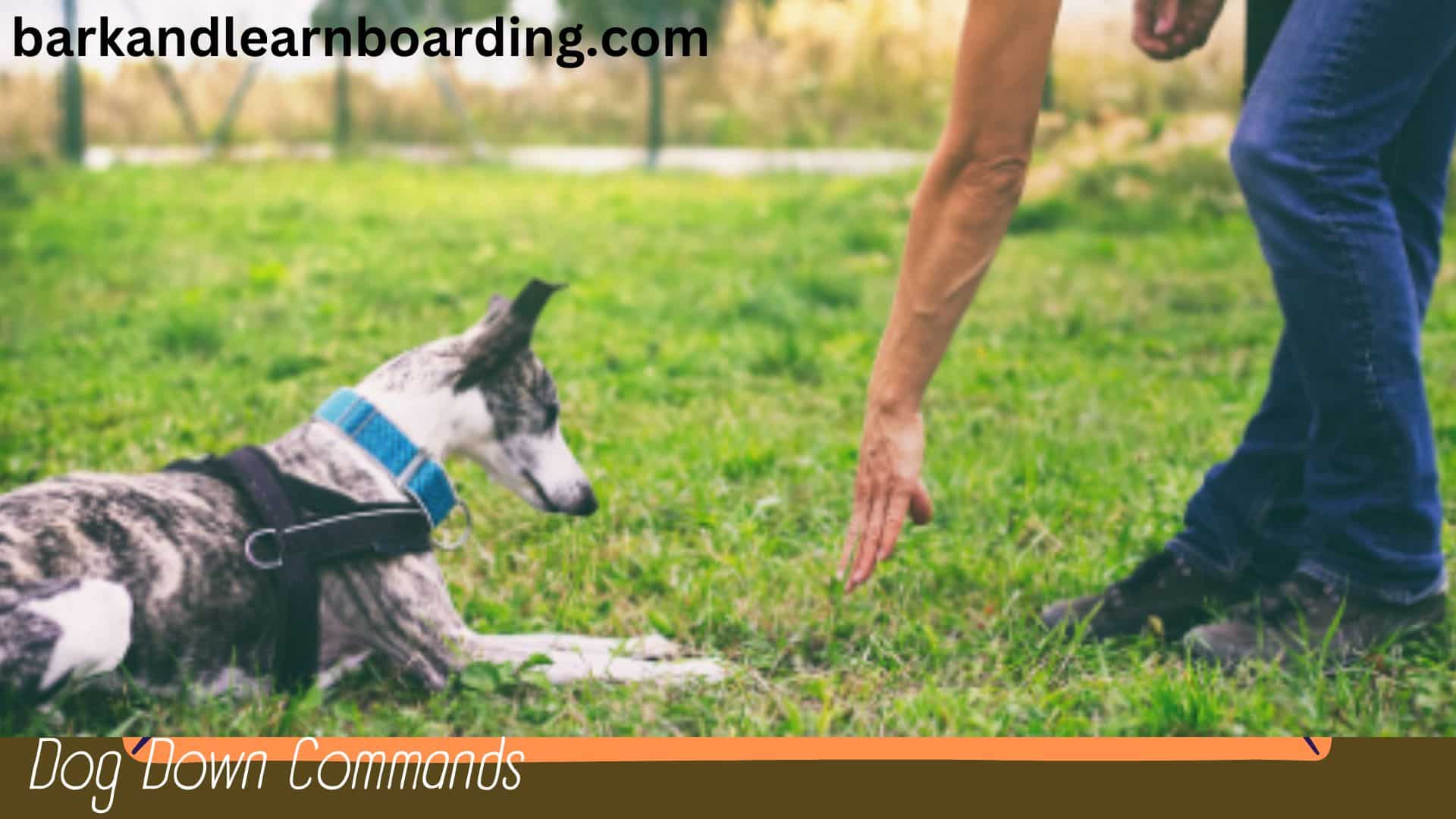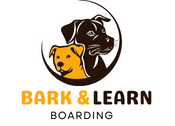Dog training commands are the cornerstone of effective communication between dogs and their owners.
Whether you’re teaching basic obedience or advanced tricks, clear and consistent commands are essential for building a strong bond and a well-behaved companion dog.
In this guide, we’ll learn about the essential dog training commands, their importance, and how to teach them to your furry friend effectively.
Importance of Dog Training Commands:
Clear communication is vital in any relationship, including the one between you and your dog.
Training commands serve as a common language that enables you to convey your expectations and guide your dog’s behaviour.
They provide structure, establish boundaries, and promote obedience, leading to a harmonious coexistence between you and your pet.
Moreover, teaching your dog commands enhances their mental stimulation, boosts their confidence, and strengthens the bond between you.
When dogs understand what is expected of them and receive positive reinforcement for following commands, they feel secure and valued members of the family.
Essential Dog Training Commands:
1. Sit:
Teaching your furry dog to sit is one of the most fundamental commands. It’s relatively easy to teach and serves as a building block for other commands.

At first, start by holding a treat close to your dog’s nose, then slowly move your hand upwards while saying, “Sit”.
As your dog’s head follows the treat, their bottom will naturally lower to the ground. Once they’re in a sitting position, praise them and give them the treat.
2. Stay:
The “stay” command is essential to keep your friends in one place until you release them. Begin by commanding your dog for small actions like sitting or lying down.

Then, with an open palm facing your dog, say “stay” in a hard, firm, but calm voice. Take a step back, then return to your dog’s side and reward them for staying put.
Slowly change the distance and duration of the stay with time as your dog becomes more proficient.
3. Come:
Teaching your dog to come when called is necessary for their safety and your peace of mind, especially when they’re off-leash.
Start by getting down to your dog’s level and saying their name, followed by “come” in an enthusiastic tone.

Encourage them to approach you by patting your legs or offering a treat. When they come to you, shower them with praise and rewards.
4. Down:
The “down” command instructs your dog to lie down with their belly on the ground. Start by telling your dog to sit, then take a treat in your hand and lower it to the ground in front of your dog.

As they follow the treat with their nose, gradually move it forward until they’re lying down completely. Once they’re in the down position, praise them and give them the treat.
5. Heel:
The heel is a command used to keep your dog walking close to your side without pulling on the leash.

Start by holding the leash firmly in your left hand and a treat in your right hand. Begin walking with your dog on your left side, saying “heel” as you start moving.
Keep the treat close to your leg to encourage them to stay by your side. Reward them for walking calmly without pulling.
6. Leave it:
Teaching your dog to leave items alone on command can prevent them from picking up harmful objects or chasing after distractions.

Begin by showing your companion a treat in your closed fist and saying, “Leave it.” When they show interest in the treat, close your hand and wait for them to lose interest.
As soon as they divert their attention away from your hand, praise them and give them a different treat.
7. Drop it:
The “drop it” command is useful for getting your dog to release items from their mouth, whether it’s a toy, food, or something they shouldn’t have.
Start by offering a toy and encouraging them to take it. Once they have it in their mouth, show them a treat and say, “Drop it.”
When they release the toy, praise them and reward them with the treat.
Advanced Dog Training Commands:
While basic obedience commands form the foundation of a well-trained dog, advanced training commands take their skills to the next level.
-
Target:
The “target” command teaches them to touch a specific object with their nose or paw, opening up a world of possibilities for more complex behaviors.
Start by presenting an object, such as a target stick or your hand, and encourage them to touch it with their nose or paw by offering treats and praise.
Gradually shape the behavior until your dog reliably targets the object on command, which can then be used as the foundation for teaching tricks like pushing buttons or ringing bells.
-
Go to Place:
The “go to place” command instructs you to go to a specific designated spot, like a mat or bed, and remain there until you are released.
Begin by placing the mat or bed in a specific location and luring your dog onto it using treats or a target.
Once they are on the designated spot, say “go to place” and reward them for staying there. Practice increasing the distance and duration, eventually incorporating distractions to solidify their understanding of the command.
-
Speak/Quiet:
The “speak” and “quiet” commands are useful for controlling your dog’s vocalizations on cue. To teach “speak,” wait for your dog to bark naturally, then immediately reward them.
Once they understand that barking leads to rewards, add the verbal cue “speak” before they bark.
Conversely, to teach “quiet,” wait for your dog to stop barking on their own, then reward them and say “quiet.” Slowly increase the duration of silence before giving the command.
-
Spin/Twist:
The “spin” or “twist” command instructs your dog to turn in a circle. It may be clockwise or counterclockwise on command.
Start by luring your dog into a spin using a treat, gradually shaping the behavior until they can perform a full circle on cue.
Use a verbal cue such as “spin” or “twist” while guiding them with your hand or a target. With practice, your dog will master this fun and impressive trick.
-
Fetch:
The “fetch” command teaches your dog to retrieve objects and bring them back to you, which can be mentally as well as physically relaxing.
Begin by teaching your furry dog to pick up an object, such as a toy or ball, using positive reinforcement techniques.
Once they reliably retrieve the object, introduce the command “fetch” and encourage them to bring it back to you. Gradually increase the distance and add distractions to challenge their skills.
-
Jump:
The “jump” command instructs your dog to leap over obstacles or onto elevated surfaces, showcasing their athleticism and coordination.
Start with low obstacles, such as a low hurdle or raised platform, and lure your dog over using treats or a target.
As they become more confident, gradually increase the height of the obstacle and introduce the verbal cue “jump.” With regular practice, your dog will become proficient at clearing obstacles on command.
-
Find It:
The “find it” command taps into your dog’s natural scenting abilities, encouraging them to search for hidden objects or treats.
Start by hiding a treat or reward in plain sight and saying “Find it” as your dog investigates and discovers the treat.
Gradually increase the hurdles by hiding treats in more challenging locations, such as under furniture or behind obstacles.
Tips for Implementing These Commands:
1. Consistency:
Dogs thrive on consistency, so it’s essential to use the same commands and signals every time you train them.
2. Short Sessions:
Keep training sessions short and engaging to prevent your dog from becoming bored or frustrated.
3. Patience and Persistence:
Every dog learns at their own pace, so be patient and persistent in your training efforts. Celebrate small victories and be regular in your approach.
4. Use Proper Timing:
Timing is crucial when training your dog. Give commands at the precise moment when your dog is performing the desired behavior to reinforce it effectively.
Conclusion:
Mastering dog training commands is essential for building a strong bond and fostering obedience between you and your furry companion.
By understanding the importance of clear communication and employing positive reinforcement techniques, you can teach your dog a variety of commands that will enhance their behavior and enrich their lives.
With patience, consistency, and a lot of love, you’ll embark on a rewarding journey of training and companionship that will last a lifetime.
FAQ’s
Q: How do I teach my dog to sit?
A: Hold a treat above their nose, move your hand up, and say, “Sit.” When they sit, reward them with the treat.
Q: What’s the best way to teach “stay”?
A: Start with a short distance, say “stay,” and gradually increase duration and distance, rewarding for compliance.
Q: How can I train my dog friend to come when called?
A: Use a happy tone, say their name followed by “come,” and reward them with treats or praise when they approach.
Q: What’s the key to teaching “down”?
A: Hold a treat to the ground, say “down,” and reward when they lie down, gradually reducing the lure.
Q: How do I teach “heel” for loose leash walking?
A: Hold a treat by your side, say “heel,” and reward for walking calmly beside you, reinforcing with consistency.
Q: What’s the best method for teaching “leave it”?
A: Show a treat, say “leave it,” and reward when they ignore it, gradually adding distractions.
Q: How do I teach “drop it” to retrieve objects?
A: Offer a toy, say “drop it,” and reward when they release, gradually adding duration and distractions.
Q: What’s the technique for teaching “wait”?
A: Hold out your hand, say “wait,” take a step, and return to reward for patience, gradually increasing duration.
10 Top Trending Types of Dog Training.
Best Dog Training Certification Programs, Find top 6 Choices

